Japanese Mars mission launch delayed to 2026
Original Publication Date: 2024-01-11 08:52
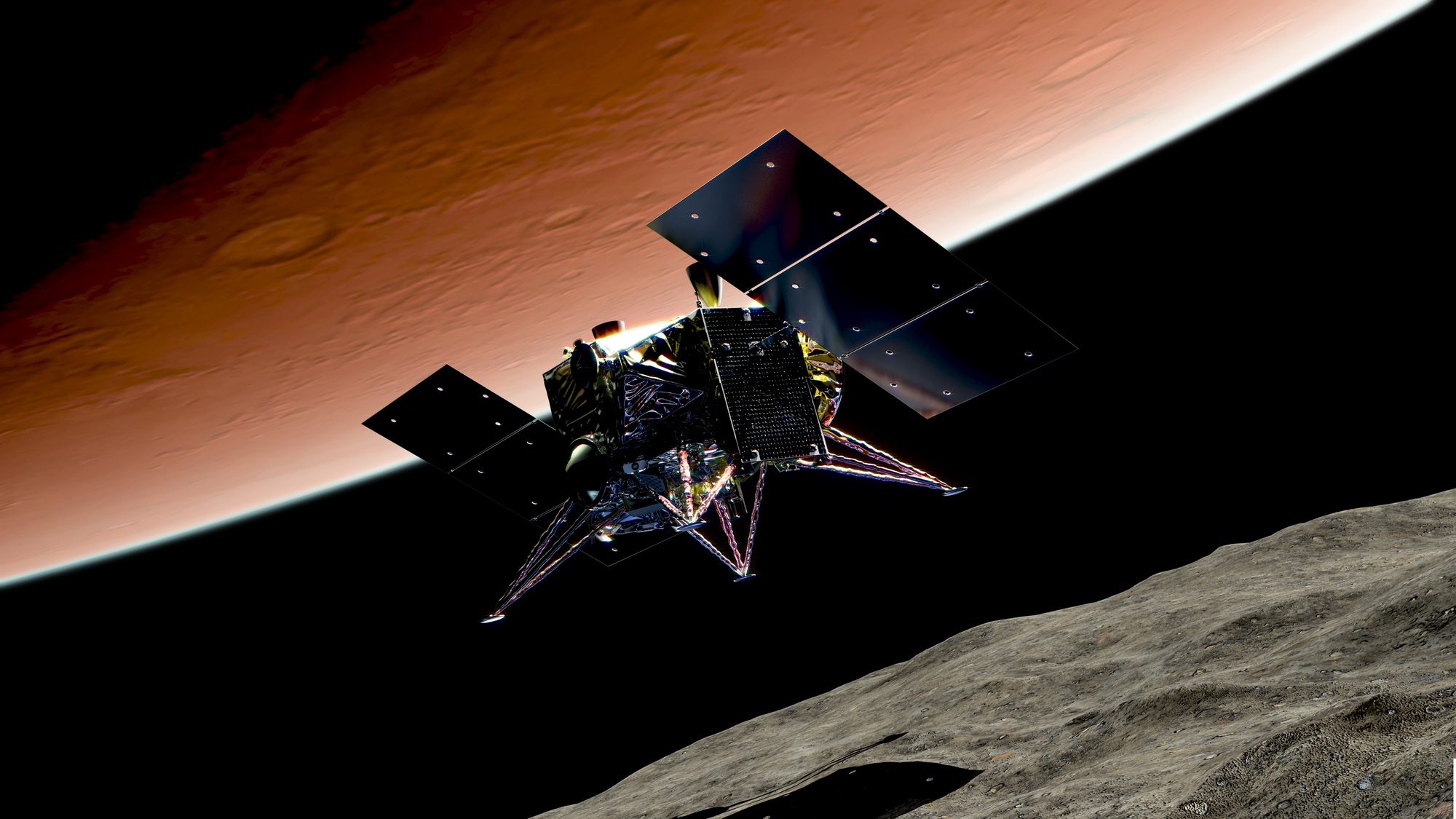
Japanese space agency JAXA confirms two-year delay in the launch of the Martian Moons eXploration. JAXA blames it in part on the H3 rocket that will launch the spacecraft. MMX was scheduled to launch in September 2024. It would have entered orbit around Mars in August 2025 and remained there for three years.
Ovzon 3 successfully deploys solar arrays in geostationary orbit
Original Publication Date: 2024-01-10 21:50
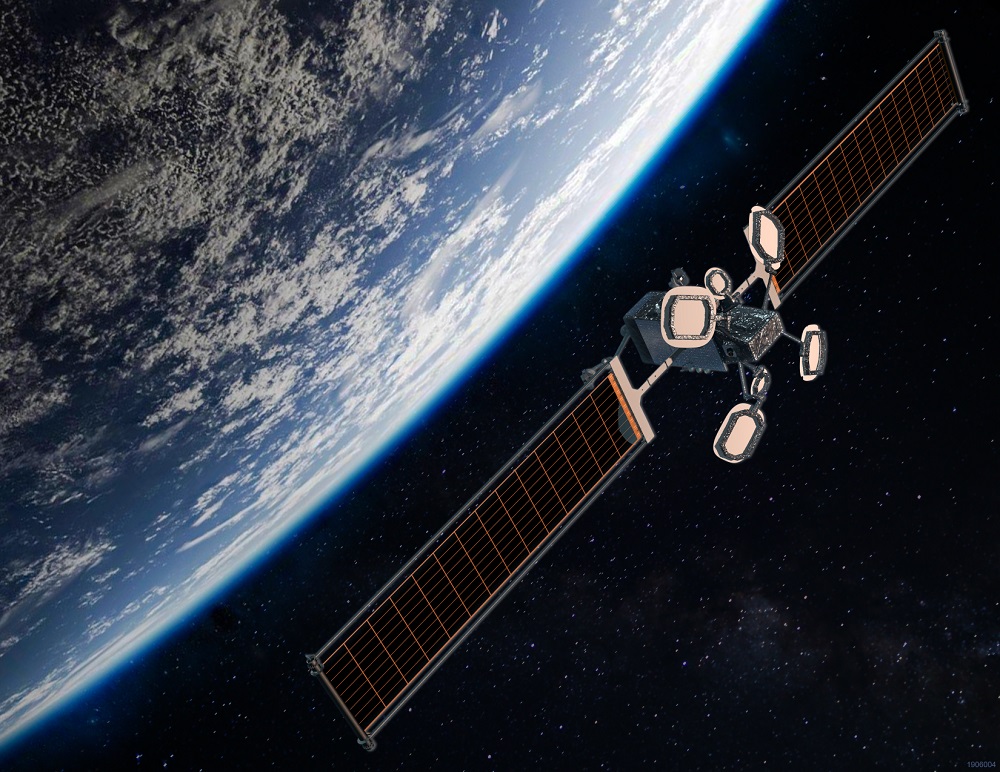
Ovzon 3 is the first commercial satellite to use Redwire's Roll-Out Solar Array (ROSA) hardware. Each 10-meter-long ROSA is operating nominally following Ovzon 3’s launch last week. Ovzon 3 was originally slated to launch in 2021 but was caught up in manufacturing issues.
Whiting takes helm of U.S. Space Command
Original Publication Date: 2024-01-10 19:22

U.S. Space Command is a unified combatant command of the Department of Defense. Gen. James Dickinson handed over the reins of U.S. Space command to Gen. Stephen Whiting. Whiting was previously commander of the Space Force’s Space Operations Command.
SpaceX targets February for third Starship test flight
Original Publication Date: 2024-01-10 12:49

SpaceX expects to conduct the third integrated test flight of its Starship vehicle in February. The company is working to demonstrate key technologies needed to land humans on the moon. SpaceX plans to create a propellant depot in low Earth orbit, filled by a series of Starship “tanker” launches.
Iridium pivots to standardized direct-to-device satellite services
Original Publication Date: 2024-01-10 12:01

Iridium Communications plans to make its low Earth orbit constellation compatible with 5G standards. The standards-based approach comes after a proprietary-only strategy for serving the emerging direct-to-device market derailed last year. Other companies are also pursuing a standardized strategy for connecting satellites directly to mass market devices.
China’s Chang’e-6 probe arrives at spaceport for first-ever lunar far side sample mission
Original Publication Date: 2024-01-10 10:22
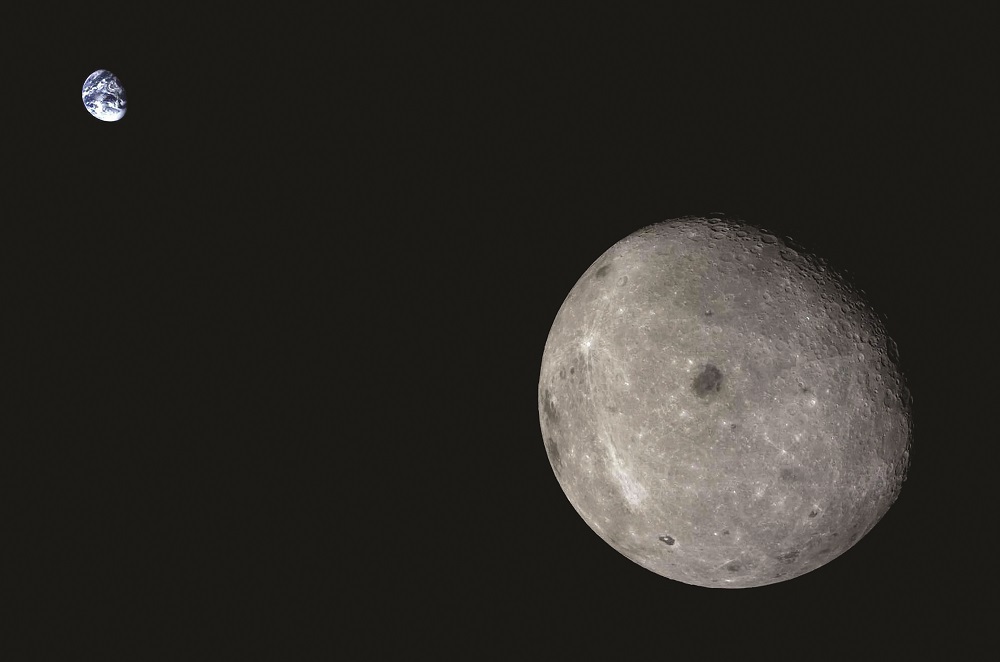
China's Chang’e-6 lunar far side sample return mission spacecraft arrived at Wenchang spaceport Wednesday. The 8,200-kilogram probe will launch on a Long March 5 rocket around May this year. The lander will attempt to collect 2,000 grams of material, both scooped from the surface and collected by a drill. Analysis of such material could provide new insights into the history of the moon.
NASA and JAXA troubleshooting glitch with new X-ray astronomy satellite
Original Publication Date: 2024-01-10 04:24
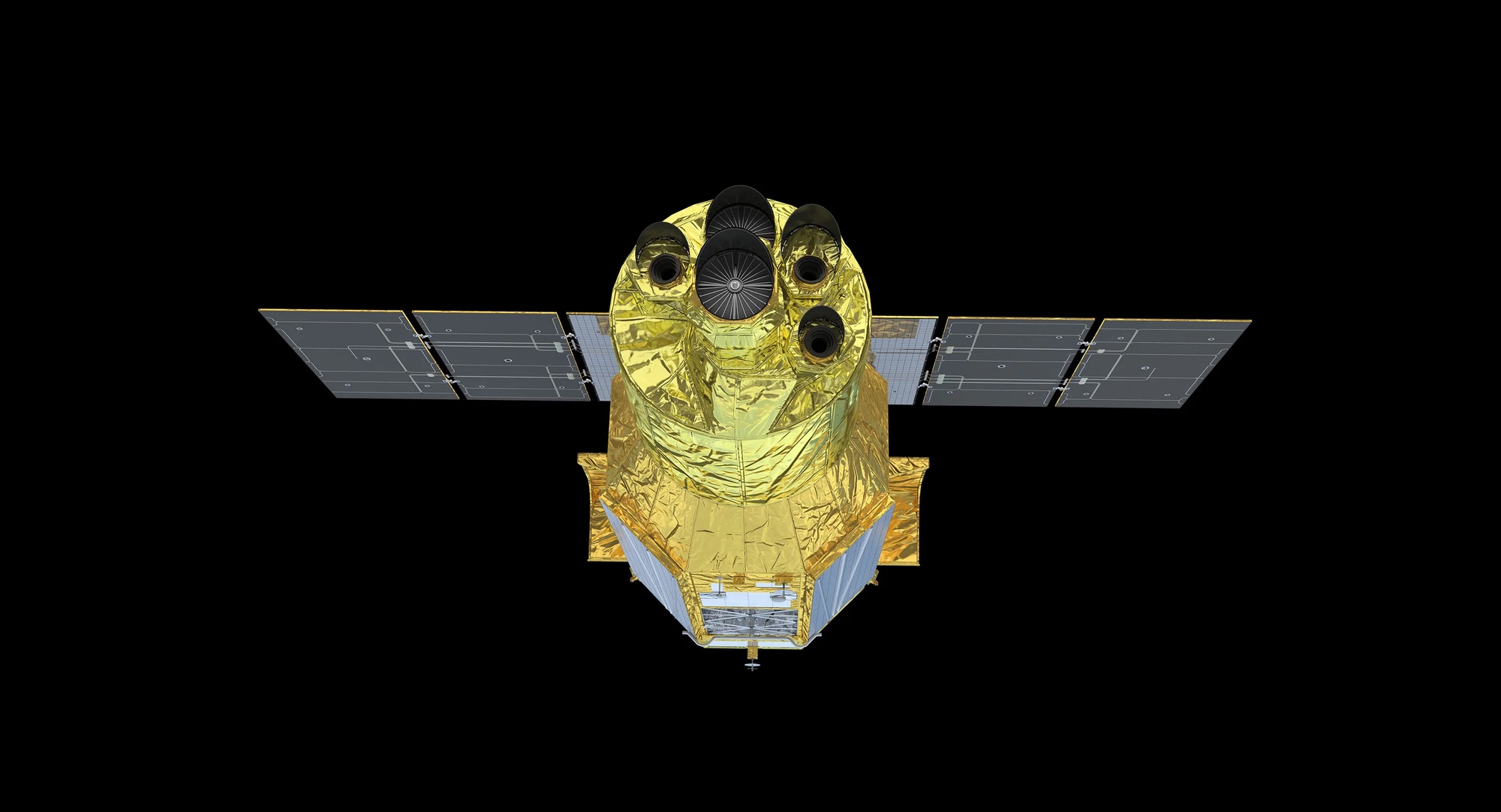
Japanese space agency JAXA launched the X-ray Imaging and Spectroscopy Mission (XRISM) XRISM is a replacement for the Hitomi spacecraft, which malfunctioned shortly after its launch in 2016. Formal commissioning of XRISM is expected to wrap up at the end of the month.
Disappointment as Astrobotic’s Peregrine has “no chance of soft landing on the Moon” – SatNews
Original Publication Date: 2024-01-10 00:00

Astrobotic released the first images taken by its Peregrine lunar lander January 8. The images show a “disturbance’ in its insulation layer that the company believes is evidence of a problem with its propulsion system. The Pittsburgh-based company confirmed that there was now “no chance of a soft landing on the moon.”
Northrop Grumman’s solid rocket boosters help power first launch of ULA’s Vulcan rocket – SatNews
Original Publication Date: 2024-01-10 00:00

Two Northrop Grumman-built GEM 63XL solid rocket boosters provide additional thrust to help successfully launch the inaugural flight of United Launch Alliance’s Vulcan Centaur Rocket. This announcement preceded the failure of the Peregrine lunar lander. The GEM 63XL boosters are the longest monolithic, single-cast solid rocket boosters ever manufactured and flown.
UPDATE #2 Another delay for SpaceX launch of 22 Starlink smallsats – SatNews
Original Publication Date: 2024-01-10 00:00

SpaceX is citing unfavorable weather conditions for again delaying the launch of a Falcon 9 rocket from Vandenberg Space Force Base. After the launch, the rocket’s first-stage booster will return to land on the droneship Of Course I Still Love You, positioned in the Pacific Ocean. This is the 18th flight for the first stage booster supporting this mission.
SmallSat Symposium: New Keynotes + Presenters – SatNews
Original Publication Date: 2024-01-10 00:00

We value your privacy and will not sell or share your email or other information with any other company. You may also unsubscribe at anytime. Click Here to see our full privacy policy. Follow us on Twitter @dailymailonline and @dailymailonline for latest updates.
iDirect Government establishes Engineering Center of Excellence to combat EW, TRANSEC + Cyber Attacks – SatNews
Original Publication Date: 2024-01-10 00:00

IDirectGov has established the iDirectGov Engineering Center of Excellence at its Herndon, Virginia, headquarters. The center will enable the company to better respond to the ever-evolving EW and cyber threats. The center will leverage iDirectGov’s specialized Communication Signal Interference Removal™ (CSIR™) technology.
NASA’s Webb Finds Signs of Possible Aurorae on Isolated Brown Dwarf
Original Publication Date: 2024-01-09 11:15
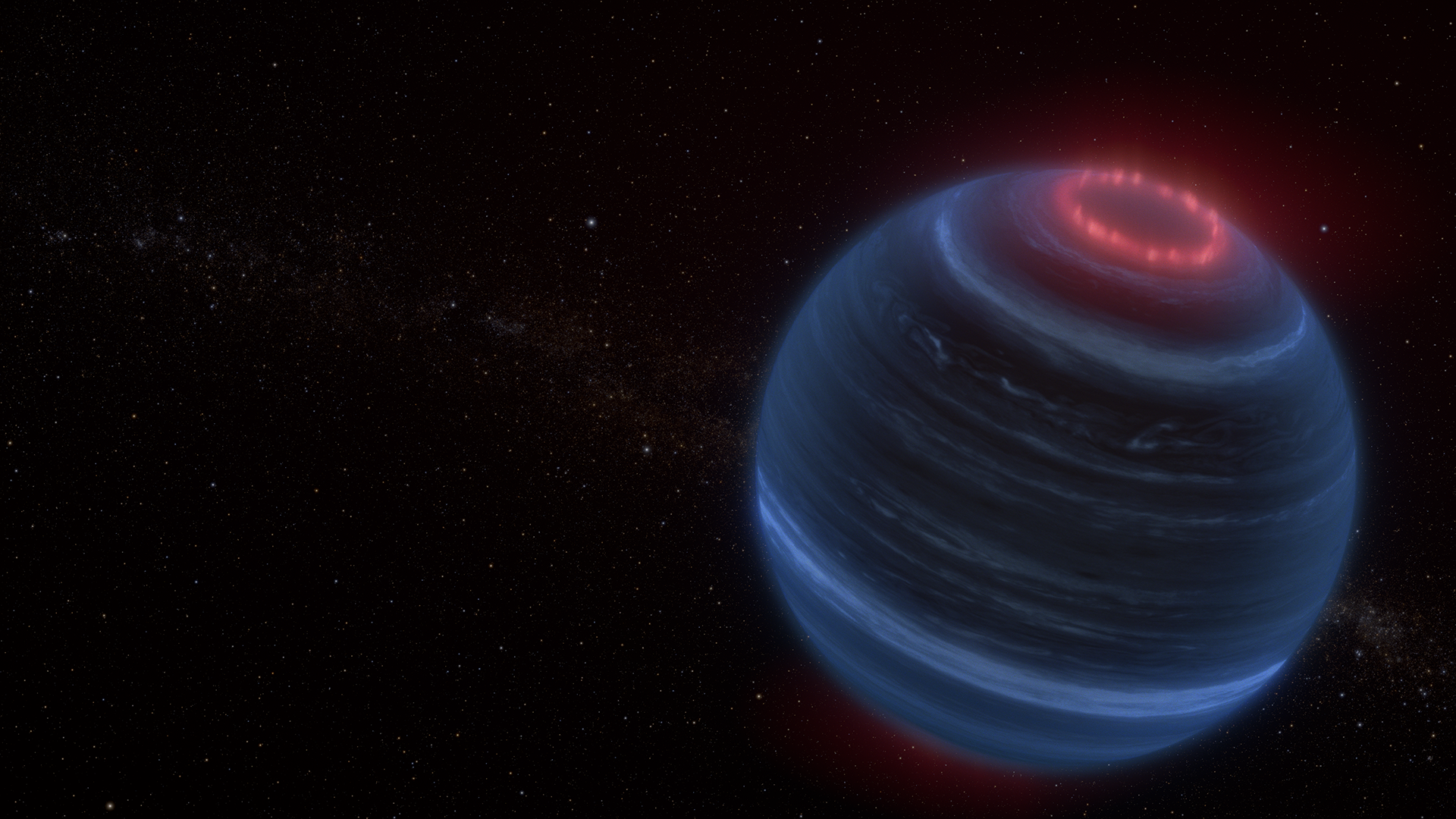
Infrared emission from methane suggests atmospheric heating by auroral processes. Astronomers using NASA’s James Webb Space Telescope found infrared emission from methane coming from W1935. This is an unexpected discovery because the brown dwarf is cold and lacks a host star. The team speculates that the methane emission may be due to processes generating aurorae.
This US-Indian Satellite Will Monitor Earth’s Changing Frozen Regions

The measurements will also enable scientists to closely study what happens where ice and ocean meet. In the Himalayas, NISAR’s all-weather capability will help researchers monitor how much water is stored in glacial lakes. NISAR will also capture the movement and extent of sea ice in both hemispheres.
NASA’s Webb Discovers Dusty ‘Cat’s Tail’ in Beta Pictoris System
Original Publication Date: 2024-01-10 15:15
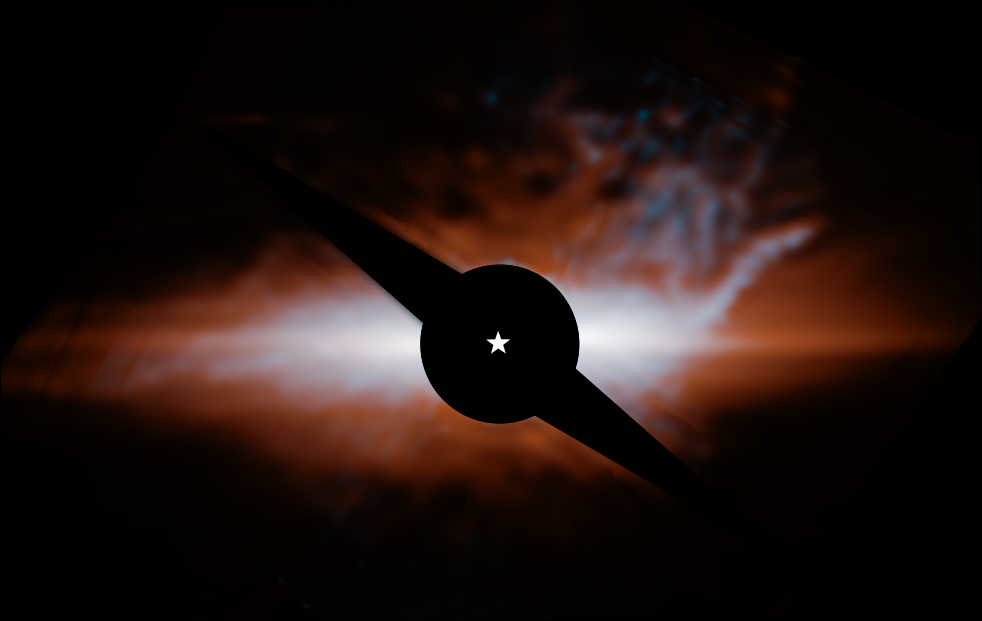
Astronomers using NASA’s James Webb Space Telescope to image the Beta Pictoris system (Beta Pic) have discovered a new, previously unseen structure. A sharply inclined branch of dust, shaped like a cat’s tail, that extends from the southwest portion of the secondary debris disk. Webb’s mid-infrared data also revealed differences in temperature between Beta Pic’s two disks, which likely is due to differences in composition.
